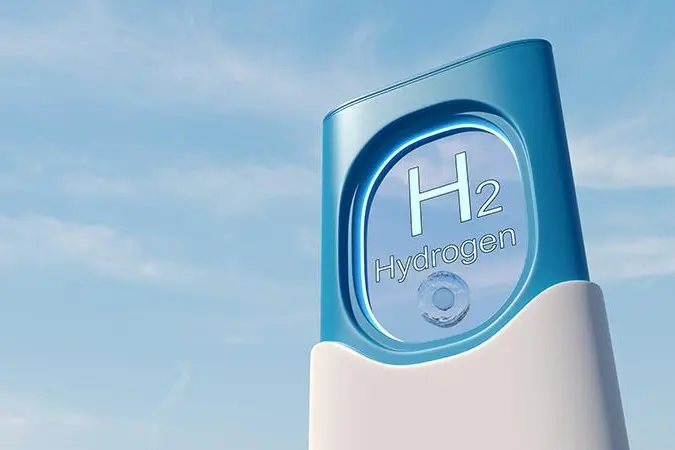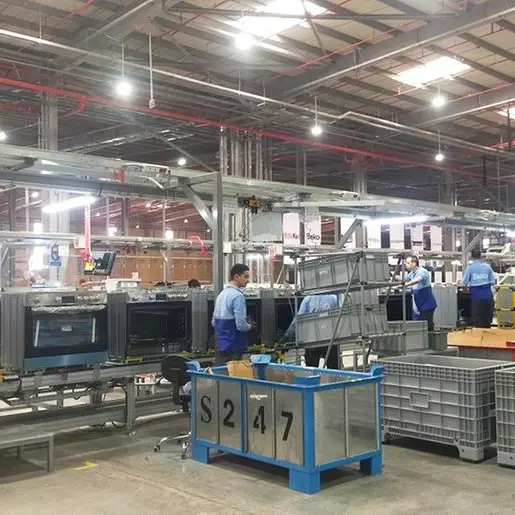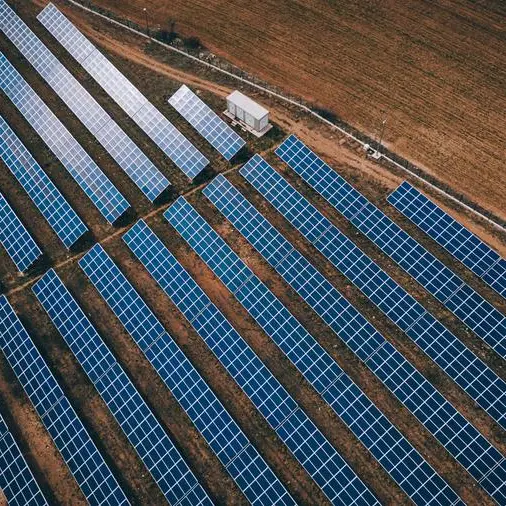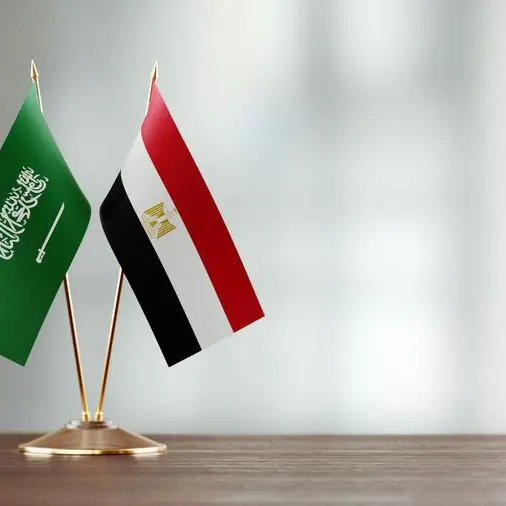PHOTO
SDG Namibia One Fund, the country’s one-billion-euro clean energy fund will start advancing grants for project preparation by July this year, a senior official revealed at the ongoing Africa Energy Indaba summit.
SDG Namibia One Fund, launched at the COP 27 in Egypt, is a partnership between the Environmental Investment Fund of Namibia (owned by the Namibian Government), Climate Fund Managers and Invest International.
Benedict Libanda, CEO, Environmental Investment Fund said SDG Namibia One is a blended financing and investment platform aimed to crowd different types of high concessional capital, which could be used to de-risk private sector investments.
He said: “We hope SDG Namibia One Fund will be fully operating by July this year. The development fund, capitalised with €100 million, will start advancing grants for project preparation in the country.”
“We target to raise about €1 billion by end of this financial year and use it to invest in clean hydrogen assets and value chains and activate government equity participation in some projects. This is likely to be one of the biggest national hydrogen funds not only in Africa but globally…..and it does not include leverage or capital recycling, which can increase by threefold in terms of investment over a long term.”
Libanda said the development fund will support early-stage project preparation.
“Once projects are prepared and advance to bankability, they move to the construction equity fund. The next stage is the operational fund which is very low-risk, fixed-income guarantee fund…., which is palatable to patient funds, commercial banks etc.”
Invest International, as anchor investor, has provided €40 million.
“We have a further closing of €60 million towards the development fund,” Libanda said, adding that €500 million secured from the European Investment Bank (EIB) at COP 27 will capitalise the construction equity fund.
“This month or the next, we will undertake due diligence with the EIB to unlock that €500 million. Next month, we will be in Japan seeking their participation in the fund.’
Carbon credits
Libanda said Namibia intends to tap the carbon credit market to fund its green hydrogen projects.
The Hyphen project, at its full capacity of 3 million tonnes of green hydrogen per annum, has the potential to displace about 6 to 7 million tonnes of carbon emissions per annum providing a good source of revenue if traded on an international platform, he said.
“We are at the final design of the carbon market policy and framework which will be hosted within the Ministry of Environment, Forest and Tourism. The carbon market office is expected to be operational this August. It will be responsible for the registry of all the renewable energy assets that wish to participate on these international trading platforms.”
He said Namibia has joined the Climate Market Club, which includes governments and entities aspiring to promote carbon trading and associated activities. It is partnering with the Netherlands-based South Pole to gauge the interest from carbon off takers at the European Emission Trading Scheme.
(Writing by Sowmya Sundar; Editing by Anoop Menon)























